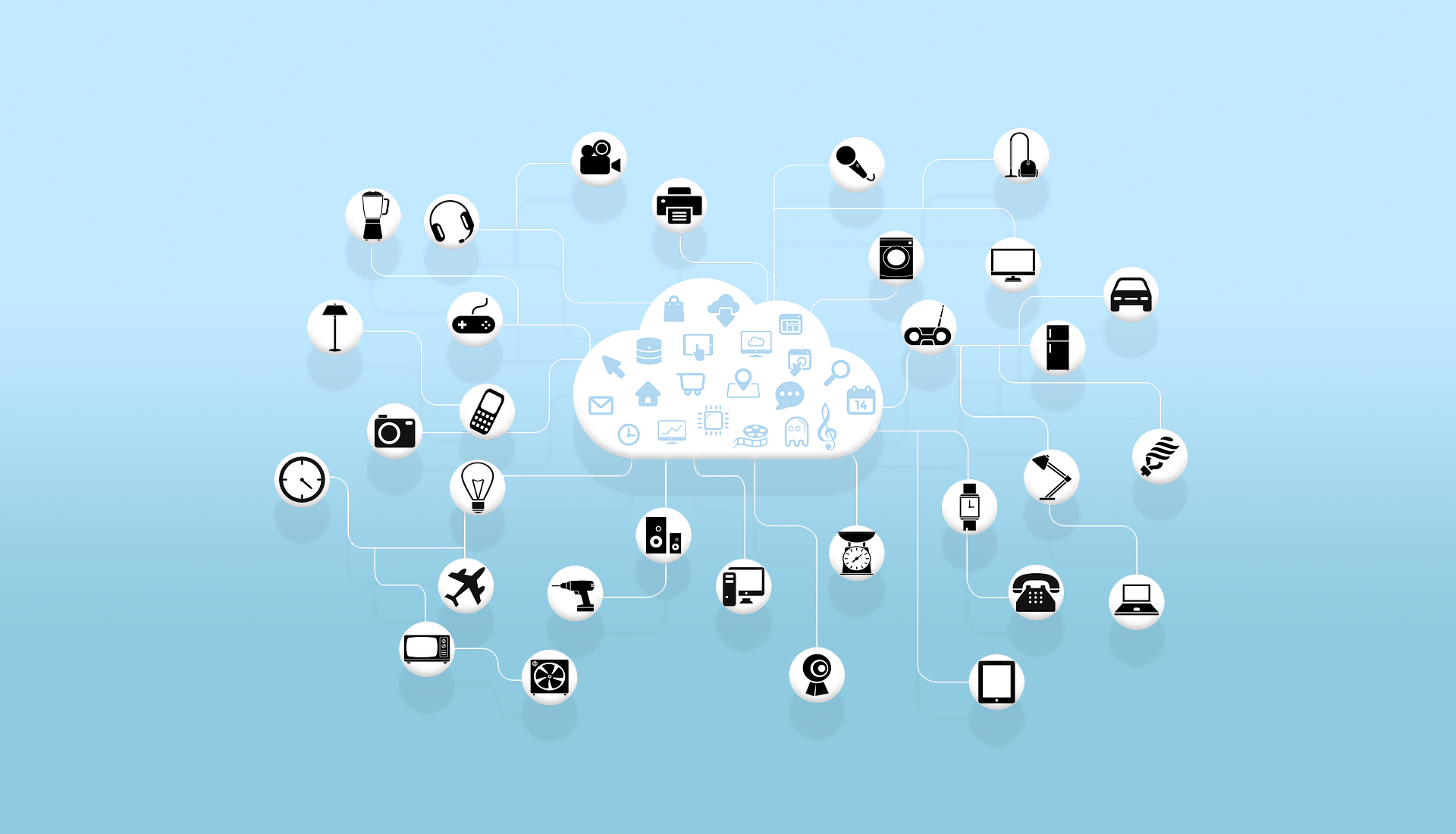The interconnectivity of smart devices, whether they be lightbulbs, trucks, or anything in between, may have sweeping ramifications for our lives in the future – particularly for Gen Z.
If you’ve ever asked Alexa to play a song or set up a smart device, then you’ll have already used the Internet of Things, a growing innovative market in the tech industry that’s likely to radically shake things up over the next decade.
We could be looking at a future with full blown smart cities, vastly improved AI, more secure internet routers and services, amongst many other things. As Gen Z continues to move into adulthood and become a more dominant presence in tech, it’s also just as likely that they’ll be the ones shaping how we use smart and responsive devices.
So, how are Gen Z going to shape this industry moving forward? Are we going to be living in a world where our smart microwave is talking to the TV in the middle of the night to spy on us? Well, probably not, but here’s how things could turn out in the coming years.
https://youtu.be/QSIPNhOiMoE
What is the Internet of Things?
Put simply, the Internet of Things refers to the connectivity between smart devices.
Anything that uses the internet can be considered part of this network, especially objects that ordinarily wouldn’t, such as a watch, lamp, speaker, etc. If your fridge can be controlled by a smart phone, for example, then it is using internet data and thus is included in the Internet of Things.
What makes this phenomena so interesting is that these objects could theoretically communicate between one another without the need for human interaction or input. Devices that operate simultaneously and share information are able to send back very specific information to applications or manufacturers, allowing companies to rapidly evolve their products and approaches to tech with increased ease.
The world around us is more responsive as a result of the Internet of Things – and it’s only set to become steadily more so as we move into the twenties.




















